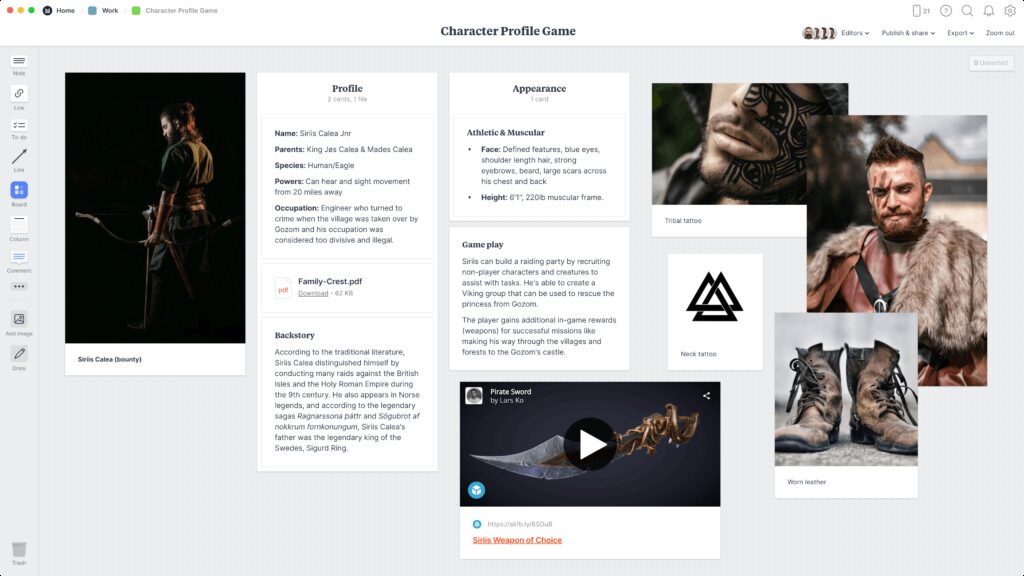Character design is an important part of video game development, involving various steps such as identifying the initial concept, visual design, personality, and animation. Designers must align the characters with the game’s overall design and vision, create a memorable and unique visual design that aligns with the art style and theme, develop well-rounded personalities that match the game’s context, and animate the character’s movements fluidly while matching their abilities and overall personality. The process of character design requires attention to detail and creativity to create engaging and memorable characters that players will emotionally connect with for years to come.
Introduction
Characters in video games are an essential part of the game design. They are the ones that players control, interact with, and create an emotional connection to. Character design is the process of bringing these characters to life, from their appearance to their personality, backstory, and abilities. In this article, we will discuss the process of character design in game development, including the initial concept, visual design, personality, and animation.
The Initial Concept
The first step in character design is coming up with the initial concept. This includes the basic idea of what the character will look like and what their overall personality will be. This concept can come from a variety of sources, including the game’s story, the game mechanics, or even the market research. It is important to keep in mind that the character design must be aligned with the game’s overall design and vision.
Visual Design
Once the initial concept is fleshed out, the next step is the visual design. This is where the character’s appearance is created, including their clothing, hair, and facial features. It is important to create a visual design that is both unique and memorable, as this will help players remember the character and create an emotional connection. The visual design must also be cohesive with the game’s art style and theme.
Personality
The personality of the character is also an essential part of character design. This includes their backstory and motivations, as well as their mannerisms and quirks. The personality of the character should be aligned with their appearance and should also make sense within the context of the game. Creating a well-rounded character is crucial for player immersion and engagement.
Animation
The final step in character design is animation. This includes how the character moves, fights, and interacts with the environment. Animation is important for creating a sense of realism and bringing the character to life. The animation must be seamless and fluid, and should also match the character’s overall personality and abilities.
Conclusion
Character design is a complex process that requires a lot of creativity and attention to detail. A well-designed character can make or break a game, as players often form emotional connections to the characters they play. By following the process of character design, game developers can create memorable and engaging characters that will resonate with players for years to come.
